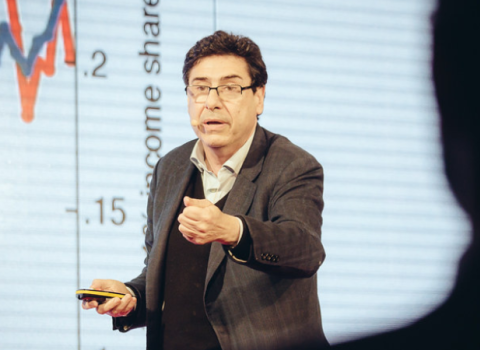A European Research Council (ERC) Starting Grant was given to Serguei Cherednichenko for a project “Study of Novel Low Noise Superconducting Mixers for Terahertz Radio Astronomy”. The grant size is about 1.5M EUR and stretches for 5 years, starting from October 1st, 2012.
The proposed project is devoted to the research in the field of low noise and broadband Terahertz (THz) detectors/mixers. Such devices will be the key components for the next generation terahertz (or far infrared, FIR) high spectral resolution terahertz radio astronomical instruments (frequencies 1.5-10THz).
The uniqueness of this frequency range is: large number of molecular gas lines; observation only from space based platforms are possible due to large atmospheric absorption; heterodyne receiver technology is immature with performance behind the required level.
Currently, low noise mixers for frequencies above 1THz are Hot-Electron Bolometer (HEB) mixers based on NbN superconducting films. Due to the finite electron energy relaxation time the intermediate frequency bandwidth of NbN, HEB mixers is limited to 3GHz, which results in a drastic sensitivity degradation at higher intermediate frequencies.
In this project, researchers at the Department of Microtechnology and Nanoscience will investigate HEB mixers based on MgB2 (magnesium deboride) thin films. According to a preliminary study, MgB2 HEB mixers can provide a gain bandwidth of about 10GHz, i.e. at least double as wide as the present NbN film based counterparts. The researchers will develop a deposition process for ultrathin MgB2 films on substrates both for quasioptical and waveguide based mixers. They will design and fabricate MgB2 mixers and investigate their performance up to 4THz.





 A unique international forum for public research organisations and companies to connect their external engagement with strategic interests around their R&D system.
A unique international forum for public research organisations and companies to connect their external engagement with strategic interests around their R&D system.